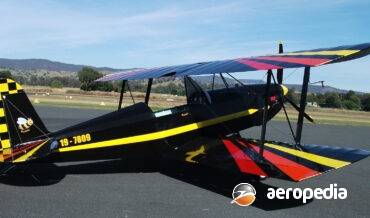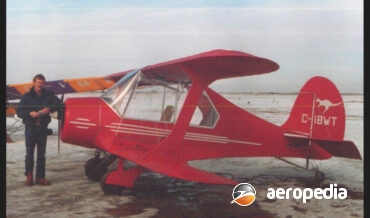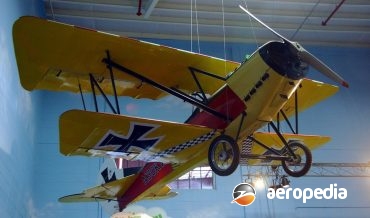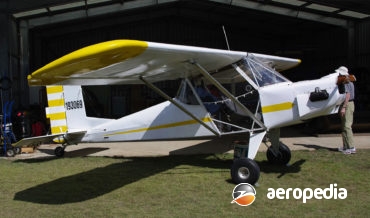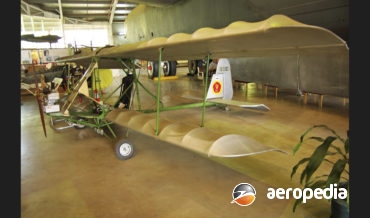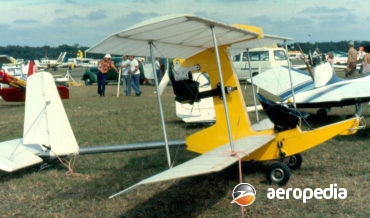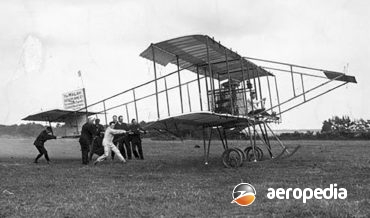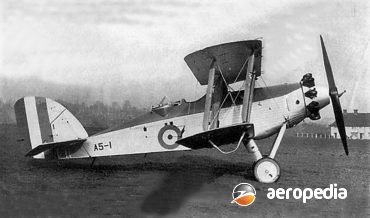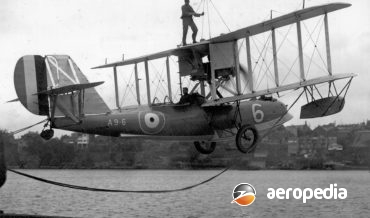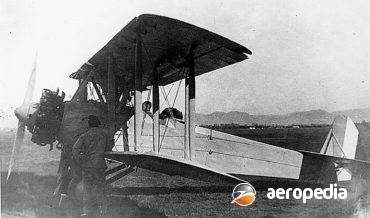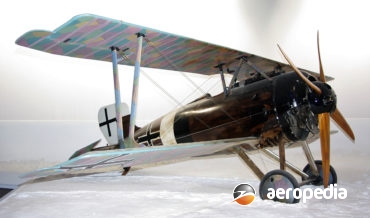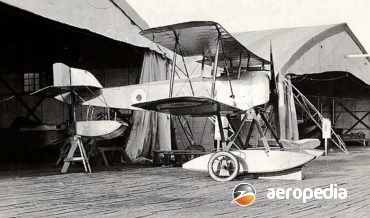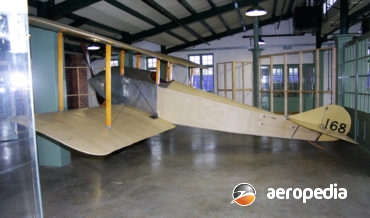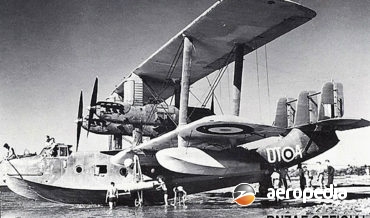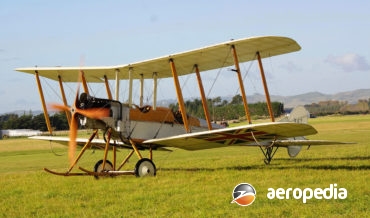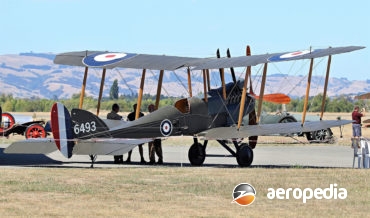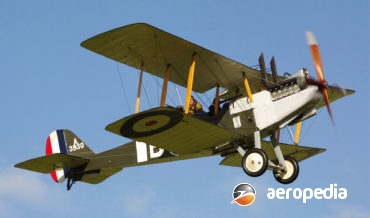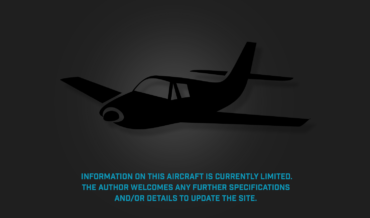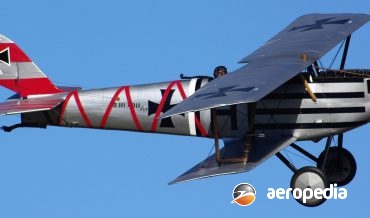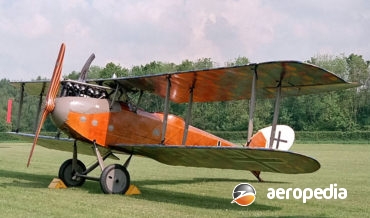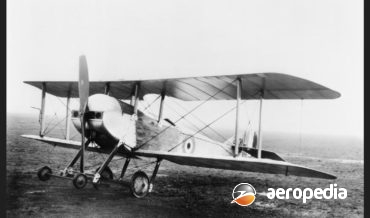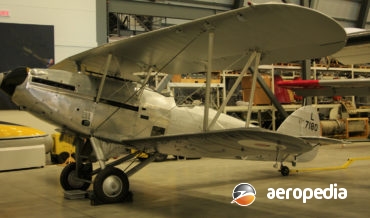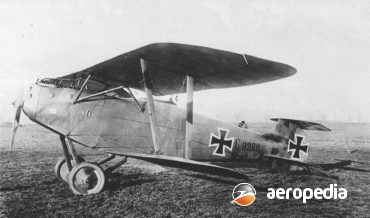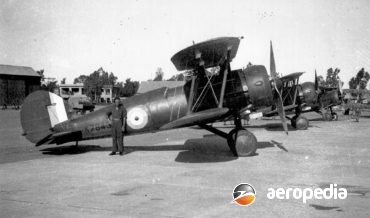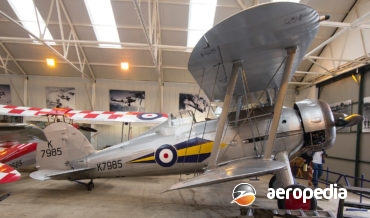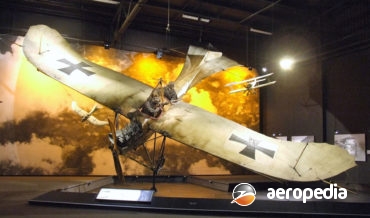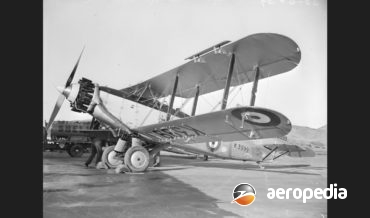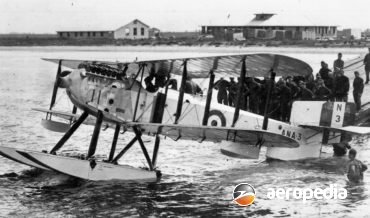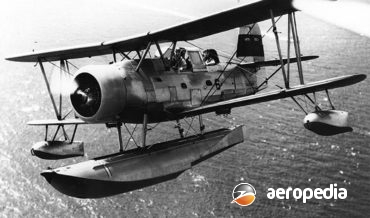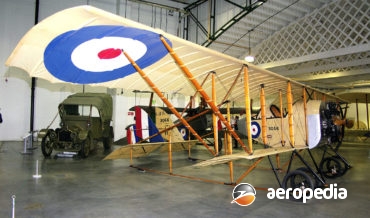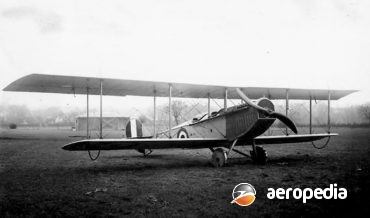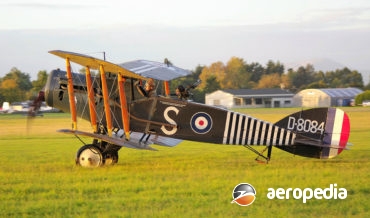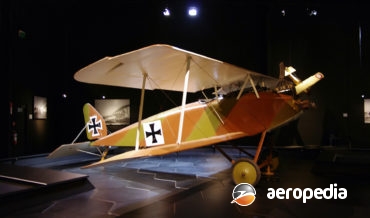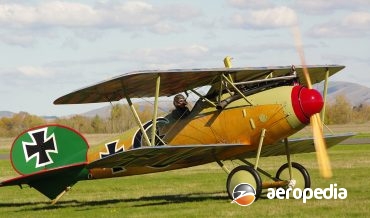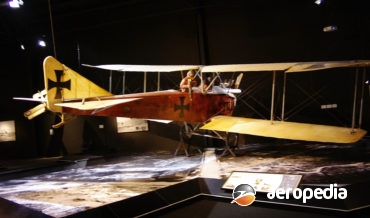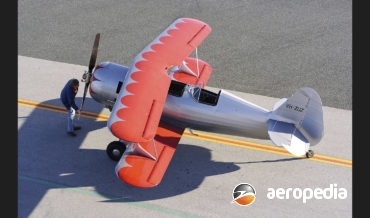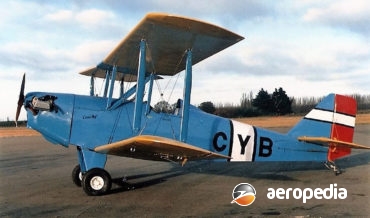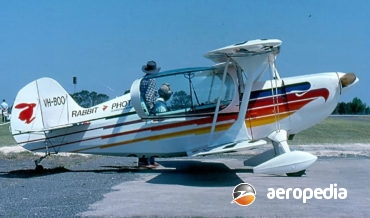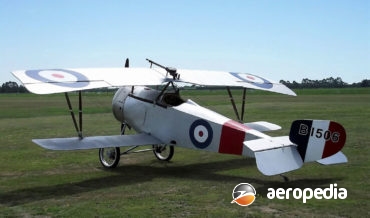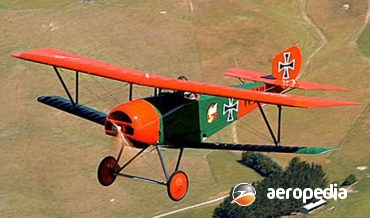All Contents
Contents
Photograph: The Bumblebee at Tumut, NSW (M Roodt) History: The Bumblebee is a biplane designed and built by Miichael Roodt and was initially fitted with a 39 kw (52 hp) Rotax 503 engine but this was replaced in 2021 with a 60 kw (80 hp) Jabiru 2200 four-cylinder engine. The
David C. Eyre
- November 22, 2021
The Startech ST-1 was one of a few designs by Anthony Shennan, an Australian, who designed the BeachBoy Staggerwing, Beach Boy ultralight, and light sport aircraft.
David C. Eyre
- June 26, 2020
The White Der Jager is a single-seat light amateur-built biplane designed and market by White Aircraft, being designed by Marshall White, and is a development of the Stolp SA-500 Starlet, the intention being to make the aircraft similar in appearance to a World War I biplane.
David C. Eyre
- March 23, 2020
The P R Breeze is a single-seat variant of the PR-582 Pocket Rocket using the basic Lightwing fuselage, but fitting it with a single parasol configuration wing and installing a range of Rotax engines, including the Models 582, 503 or 618 two strokes, or the Rotax 912 four-stroke.
David C. Eyre
- August 24, 2019
The Delta Bird is one of a series of ultralight aircraft designed by Robert Hovey in 1982. It is a single-seat single-engine biplane with conventional three-axis control.
David C. Eyre
- August 24, 2019
The Whing Ding was designed by Mr R W Hovey as an ultra-light aircraft which would require minimal construction time, would have STOL performance, and capable of easy dis-assembly for transportation and storage.
David C. Eyre
- August 24, 2019
The brothers, Leo Austin Walsh was born in Bradford, Yorkshire, in 1881 the family emigrating to Auckland in 1883. His brother, Vivian Claude Walsh was born in New Zealand in 1888.
David C. Eyre
- August 24, 2019
In 1927 specification 26/27 was issued for a general purpose military aeroplane to be used for light bombing sorties, artillery observation patrols, reconnaissance and photographic work for the RAF and later target towing, and to meet this requirement the Wapiti was designed and built by the Westland Aircraft Works.
David C. Eyre
- May 19, 2019
Photograph: Supermarine Seagull III A9-6 on Sydney Harbour c 1938 (RAAF Museum) Country of origin: United Kingdom Description: Amphibious reconnaissance biplane Power Plant: One 336 kw (450 hp) Napier Lion twelve-cylinder, broad-arrow, liquid-cooled engine Specifications: Wingspan: 14.0 m (46 ft) Length: 11.27 m (37 ft) Height: 3.65 m (12 ft)
David C. Eyre
- May 19, 2019
In the late 1920s L J Wackett (later Sir) decided to design two aircraft for the RAAF, one to have a 149 kw (200-hp) radial engine, and the other to be a two-seat fighter with a 328 kw (440-hp) engine, to be known as the Warrigal I and Warrigal II.
David C. Eyre
- May 19, 2019
Siemens-Schuckertwerke was one of a number of branches of the Siemens Electrical firm, the company founded in 1847 by Werner Von Siemens and Johann Halske.
David C. Eyre
- May 19, 2019
The Baby was a development of the Schneider, being a twin float seaplane built for the Royal Naval Air Service.
David C. Eyre
- May 19, 2019
The Tabloid was one of the outstanding aeroplanes produced in Great Britain before the beginning of World War I and, in the hands of Australian born test pilot Harry Hawker, caused a sensation at Hendon on 29 November 1913 when first demonstrated to the public.
David C. Eyre
- May 19, 2019
The Singapore, the last biplane flying-boat built by Short, was designed for the RAF as a long-range general reconnaissance biplane, the first Singapore I (N179) flying in 1926, this aircraft being fitted with two 597 kw (800-hp) Rolls Royce H-10 engines.
David C. Eyre
- May 19, 2019
In 1912 the Royal Aircraft Factory (formerly the Army Aircraft Factory) produced the BE.2 with a 52 kw (70-hp) Renault engine.
David C. Eyre
- May 19, 2019
The BE.12 was a single-seat fighter developed in 1915. The prototype was a re-built BE.2c (serial 1697), being a two-bay equal-span biplane with a Royal Aircraft Factory 4a engine.
David C. Eyre
- May 19, 2019
In 1913 the Royal Aircraft Factory at Farnborough commenced the design of a series of aeroplanes suitable for reconnaissance, the aim being to produce a stable machine so the crew could concentrate on the task at hand.
David C. Eyre
- May 19, 2019
The SE-5 (Scout Experimental 5) and SE-5a share, with the Sopwith Camel, the distinction of being the best single-seat British fighter aircraft of World War I.
David C. Eyre
- May 19, 2019
The Plalz D.III or Scout was built by the Pfalz Flugzeug Werke on the Rhine River and designed by Rudolfo Gehringer following the completion of orders for the E-type monoplanes.
David C. Eyre
- May 19, 2019
The LVG series of aircraft was designed by Franz Schneider, and developed by Luft-Verkehrs Gesellschaft Johannistal (LVG), this company producing a series of unarmed reconnaissance and bomber aircraft during World War I, aircraft in this series forming part of the equipment of the German air force units at the outbreak
David C. Eyre
- May 19, 2019
The Martinsyde S.1 was a single-seat biplane scout operated mainly in the European theatre.
David C. Eyre
- May 19, 2019
In 1934 the British Air Ministry foresaw the problems that may later occur in Europe and decided upon a major expansion programme for its military services, one of the fruits of this plan being the Hawker Hind light bomber, designed as an interim replacement for the Hawker Hart, which had
David C. Eyre
- May 19, 2019
Prior to World War I Hannoversche Waggonfabric AG was known for building railway rolling stock for the various railway in Europe, and in 1915 it was directed by the German Government to commence production of aeroplanes for the armed services.
David C. Eyre
- May 19, 2019
The Gauntlet was the last open-cockpit fighter biplane to see service with the RAF, first entering service in May 1935.
David C. Eyre
- May 19, 2019
The Gladiator was the last single-engine biplane fighter built for the RAF and, although obsolescent by the commencement of World War II, it enjoyed some success. Designed by a team lead by H P Folland, it was an extensively refined development of the Gauntlet.
David C. Eyre
- May 19, 2019
The Taube (Dove) was designed and built by Igo Etrich in Austria in 1908 and became well liked for its performance and handling. Rights to the design were then obtained by the German Government and Rumpler Luftahrzeugbau GmbH of Berlin received a contract to build 20 examples.
David C. Eyre
- May 19, 2019
The Fairey Gordon was a development of the Fairey IIIF, and in fact was originally known as the IIF Mk V, but had the Armstrong Siddeley Panther engine in lieu of the Napier Lion.
David C. Eyre
- May 19, 2019
The Fairey III was a very successful military general purpose biplane of the1920s which was built in a variety of models.
David C. Eyre
- May 19, 2019
The SOC Seagull was a two-seat scout / observation aircraft designed by Alexander Solla and built for the US Navy by the Curtiss-Wright Corporation.
David C. Eyre
- May 19, 2019
In 1913 the brothers, Gaston and Rene Caudron, who lived in the Rue area of the Somme, designed and built a single-seat sesquiplane known as the Caudron G.II. Later in 1913 Lt Chanteloup looped a Caudron over Issy aerodrome near Paris.
David C. Eyre
- May 19, 2019
Designed for one of the founders of the American aviation industry, Glenn Hammond Curtiss, the Jenny was one of the great pilot training aircraft of the World War I period.
David C. Eyre
- May 19, 2019
Known as the Brisfit, the Bristol Fighter was produced in large numbers during World War I as the F.2A and F.2B, some 5,308 examples being constructed with a variety of engines, including the Rolls Royce Falcon I, Falcon II, Falcon III, 112 kw (150-hp) Hispano Suiza, 149 kw (200-hp) Hispano
David C. Eyre
- May 19, 2019
At the opening of hostilities in World War I the opposing forces mainly used aeroplanes for reconnaissance and observation of enemy movements and very little thought was given to offensive action.
David C. Eyre
- May 19, 2019
The Albatros series of fighters was produced in Germany for operations in World War I and was reasonably successful in its design role. The D.I, D.II and D.III were all put into production but the D.IV failed to reach this status.
David C. Eyre
- May 19, 2019
In its early years Albatros-Werke GmbH at its facility at Johannisthal near Berlin built aircraft under licence from other manufacturers and amongst these were the Antoinette and the Etrich Taube.
David C. Eyre
- May 19, 2019
The Culp Special was designed by Mr Steven Culp of Culp Specialities of Shreveport, Louisiana and is a development he made to the basic design of the Steen Skybolt to increase its aerobatic performance.
David C. Eyre
- May 17, 2019
The Currie Wot sporting biplane was designed by J R Currie in the 1930s, with the first example being built by Cinque Ports Aviation Limited in the United Kingdom in 1937.
David C. Eyre
- May 17, 2019
The Eagle is a high-performance biplane produced in kit form by Christen Industries Inc of Afton in Wyoming, USA. Designed for advanced aerobatic training and comfortable cross-country flying, it is also able to meet the requirements of competition standard aerobatics, having a maximum roll rate of 204 degrees per second,
David C. Eyre
- May 17, 2019
Circa Reproductions in Canada is a company which produces plans to build 87-percent scale World War I aircraft, the aircraft design being produced by Graham Lee of Lamont, Alberta. Leading Edge Air Foils, based at Peyton in Colorado for a time provided construction kits for the designs.
David C. Eyre
- May 17, 2019
Circa Reproductions in Canada is a company which produces plans to build 87-percent scale World War I aircraft, the aircraft design being produced by Graham Lee of Lamont, Alberta.
David C. Eyre
- May 17, 2019
Recent Comments
Archives
Categories
- No categories
Categories
- No categories
Latest Posts
Newsletter

